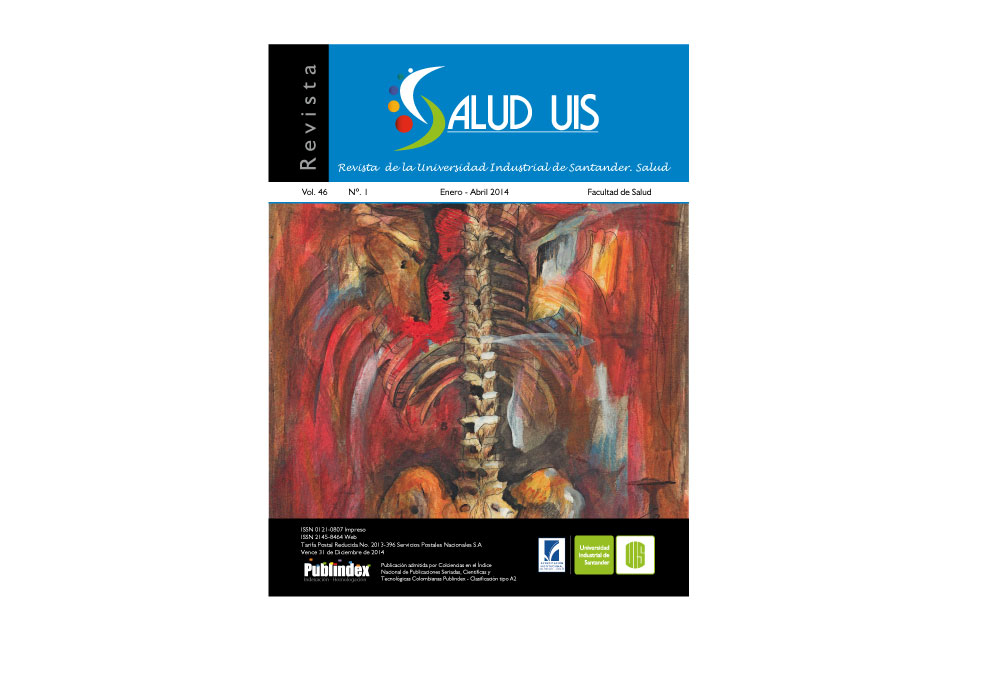Abstract
ABSTRACT
The increase of diseases caused by Candida spp., and the treatment failures, has underscored the need for testing the susceptibilities to antifungal agents. The commercial panel ATB® Fungus 2 was compared with the reference testing method of the European Subcommittee on Antifungal Susceptibility Testing of the Committee on Antimicrobial Susceptibility Testing (AFST-EUCAST) for the evaluation of the susceptibility of isolates of Candida spp. to three agents. The percentage of agreement was calculated based on the minimum inhibitory concentrations. There was a high correlation for AMB (100% ? = 1.0 Bhapkar coefficient p = 1.0); while it was lower with azoles (85%, ? = 0.41, p = Bhapkar coefficient 0.02 and 83.0%, ? = 0.15, Bhapkar coefficient p = 0.0006, respectively). The ATB® Fungus 2 and AFST-EUCAST are fully comparable methods for testing the susceptibility to AMB and to lesser extend comparable for ITR and FCA.
Keywords: antifungal susceptibility, Candida spp., ATB® Fungus 2, AFST-EUCAST
Comparación de las técnicas de susceptibilidad in vitro para Candida spp. ATB® FUNGUS 2 y AFST-EUCAST
RESUMEN
El aumento de infecciones por Candida spp. y de las fallas en los tratamientos, suscitan la necesidad de pruebas de susceptibilidad. Se comparó la marca comercial ATB® Fungus 2 con la técnica estándar del Subcomité para las Pruebas de Sensibilidad Antifúngica de la Unión Europea, de la Sociedad de Microbiología Clínica y Enfermedades Infecciosas (AFST-EUCAST) para evaluar la susceptibilidad de aislamientos de Candida spp. a tres antifúngicos. Con base en las concentraciones inhibitorias mínimas se calculó el porcentaje de acuerdo. La concordancia para anfotericina B (AMB) fue alta (100% ? = 1.0, Coeficiente de Bhapkarp = 1.0); para itraconazol (ITR) y fluconazol (FCA) fue inferior (85% ? = 0.41, Coeficiente de Bhapkarp =0.02 y 83.0 %, ? = 0.15, Coeficiente de Bhapkarp = 0.0006, respectivamente). Por lo tanto, ambas técnicas son comparables para la evaluación de la susceptibilidad a AMB; con los azoles el porcentaje de acuerdo es menor.
Palabras clave: susceptibilidad antifúngica, Candida spp., ATB® Fungus 2, AFST-EUCAST.
Forma de citar: Montiel Ramos JE, Corrales Bernal A, Vélez Bravo MP, Baena Zapata A, Mesa Arango AC. Comparación de las técnicas de susceptibilidad in vitro para Candida spp. ATB® FUNGUS 2 y AFST-EUCAST. rev.univ.ind.santander.salud 2104; 46 (1): 7-14.
Se autoriza la reproducción total o parcial de la obra para fines educativos, siempre y cuando se cite la fuente.
Esta obra está bajo una Licencia Creative Commons Atribución 4.0 Pública Internacional.
